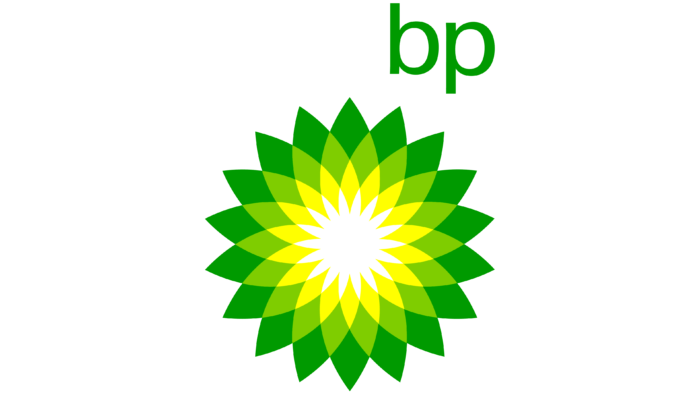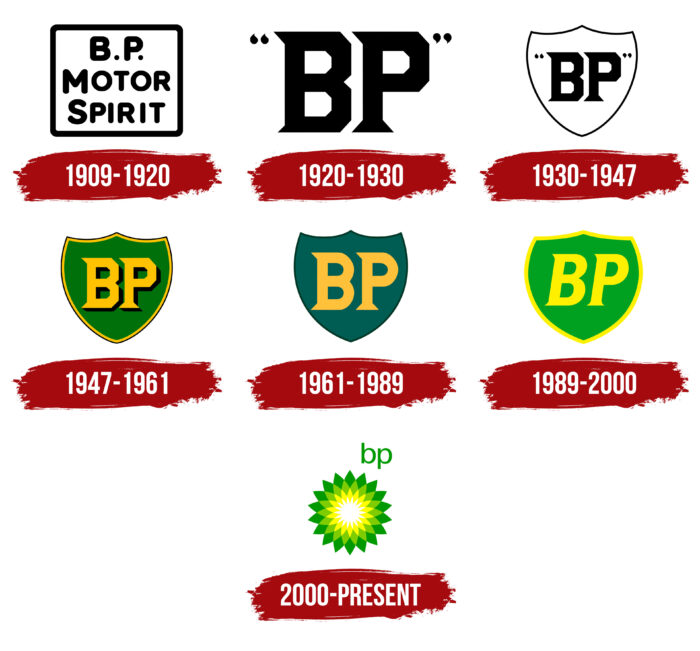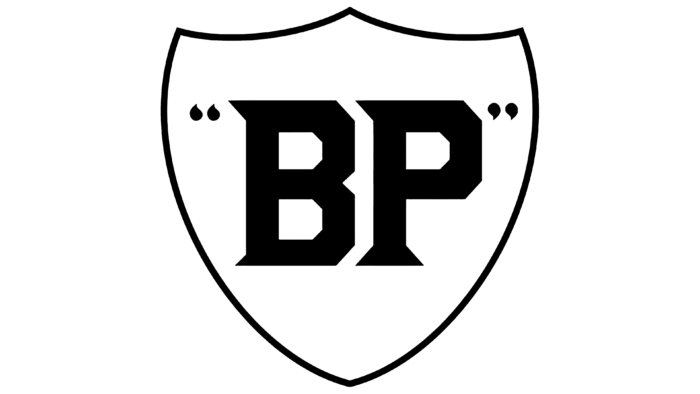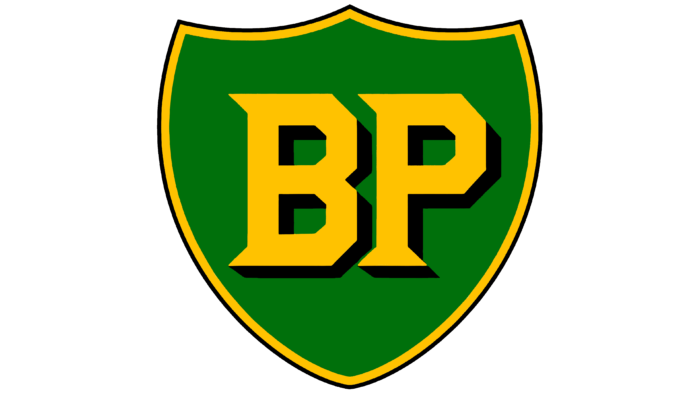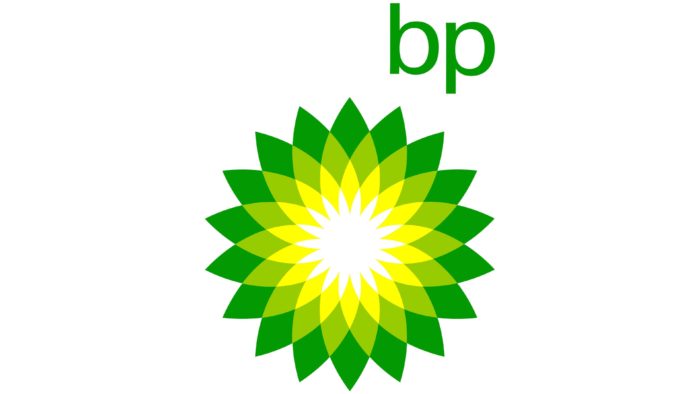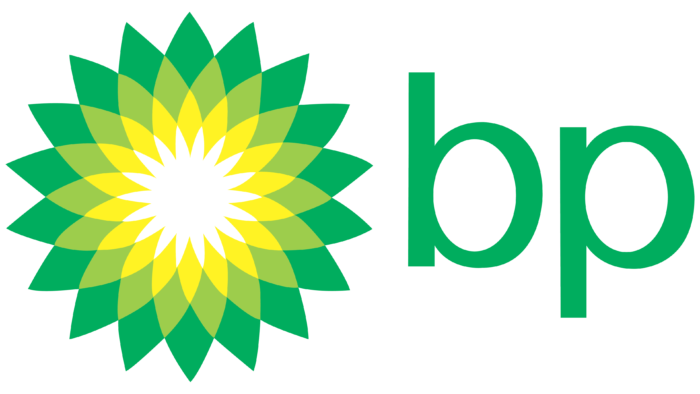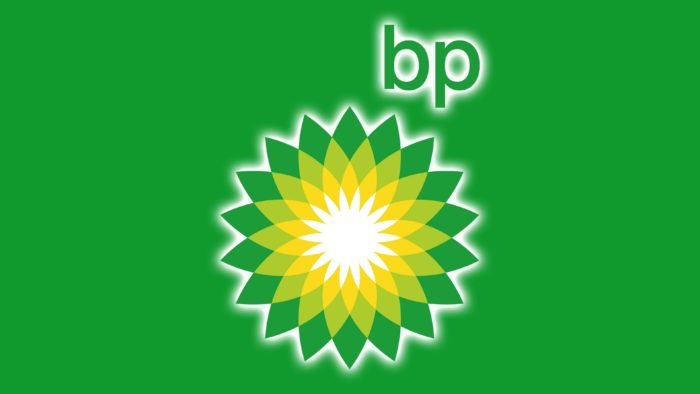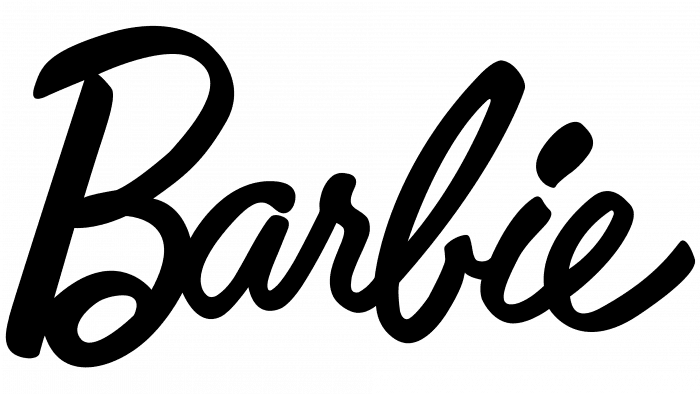The world’s largest oil and gas producer, British Petroleum, changed its corporate identity after renaming in 2001. Now, the BP logo features Helios, a god from Greek mythology, symbolizing the energy of all kinds and the breadth of the product range.
BP: Brand overview
BP is one of the world’s largest multinational oil and gas corporations. It has existed since 1909 and was founded by entrepreneur William Knox D’Arcy. The company’s headquarters are located in London, UK.
Meaning and History
Originally, the company was called the Anglo-Persian Oil Company, as it was involved in oil and gas extraction in the Persian region. The company also included Burmah Oil Company, which was its subsidiary. Now, it is a large corporation that covers 70 countries with its professional attention. Its emblem has evolved from a simple monochrome abbreviation to complex color graphics.
What is BP?
BP is one of the seven largest oil and gas companies in the world, belonging to the so-called “supermajors.” In addition to the extraction and processing of fossil fuels, it is engaged in the production of fuels and lubricants. Also, it develops projects in the field of renewable energy sources. The organization got its current name in 2001, using the initials “British Petroleum.”
1909 – 1920
The oil and gas company BP originated in 1909 as the Anglo-Persian Oil Company. Its first product was BP Motor Spirit gasoline, sold in the UK in the 1920s. In advertisements, the brand name was divided into three lines and centered. At the top were the letters “B.P.” – an abbreviation of British Petroleum. The middle row was occupied by the word “MOTOR” with an elongated downward letter “M,” and below it – “SPIRIT” with an enlarged letter “S.” The inscription used a bold sans-serif font, similar to a combination of Code Pro Bold Caps from Fontfabric and Königsberg Semi Bold from Sharkshock. The black text was placed inside a white square with rounded corners—a wide, dark stripe runs along the edge of the base.
1920 – 1930
The official debut logo of the oil and gas company appeared in 1920. Its central element was a shortened version of the new name – British Petroleum. The letters “BP” became the main and only detail of the brand name. They were enclosed in quotation marks, colored black, and placed on an absolutely white background. The logo would have no individuality if not for the unique glyphs with characteristic sharp serifs and diamond-shaped angles.
1930 – 1947
For the next 17 years, a unique corporate symbol prevailed, for which the designers placed the abbreviation “BP” on a heraldic shield. It has a black edge and the same black letters in the center. The author of this version is BP Saunders.
1947 – 1961
In 1947, the company’s management decided to improve the logo and ordered a color version. As a result, the shield became multicolored – muted green. It was outlined with a thin yellow stripe, and the same inscription as before appeared in the center – “BP,” but without quotation marks and in color. To give the letters volume, artists used black shadows on the right side.
1961 – 1989
At the beginning of this period, a group of designers started updating the logo. Renowned specialist Raymond Loewy led them. The shape and contours of the brand name remained the same; only the color changed. The artists replaced green with green-blue, removed the border from the shield, removed the shadows, and made the inscription distinctly yellow, close to a golden hue. The glyphs were also changed, but the serifs were not touched – they remained sharp and of the same shape.
1989 – 2000
After nearly 20 years of using the logo, the company decided to rework it again, linking this to a revision of the corporate image. This time, it turned to Siegel & Gale for help. It offered a completely different version, corresponding to the progressive style.
As a result, green became true green – a rich palette and yellow turned into a sunny color. The shield became thickened at the bottom and devoid of sharp protrusions at the top. The letters became italic with a slight tilt to the right.
2000 – today
British Petroleum introduced a new emblem in response to media outrage over low safety standards. The idea of sunlight is accurately implemented in it, as the graphic “flower” resembles the sun, for which it was named Helios.
2000 was a turning point for the logo, as it moved away from outdated standards. The progressive development of Landor Associates truly symbolizes the radiant energy of the celestial body. On the right side of the graphic image is the lowercase letter “bp,” formed from the new name of the company – Beyond Petroleum.
BP: Interesting Facts
BP, also known as British Petroleum, is a big company that finds and makes oil and gas. It’s been around for more than 100 years and works worldwide.
- Started in Iran: BP began in 1909 in Iran (back then called Persia) to get oil. This helped make the Middle East an important place for oil.
- Helped in Wars: BP provided a lot of oil to the good guys in both World Wars, showing how important oil is.
- Oil in the North Sea: In the 1960s, BP found ways to extract oil from the North Sea, which greatly helped the UK.
- Works Everywhere: BP does everything related to oil and gas, including finding it, extracting it from the ground, making it ready for use, and selling it. It operates in more than 70 countries.
- Cares About the Planet: BP wants to be better for the Earth by 2050 or even sooner. It plans to use more clean energy and produce less pollution.
- Invest in Clean Energy: BP is investing in clean energy sources like wind, solar, and biofuels to find better ways to use energy without harming the planet.
- Oil Spill: In 2010, BP had a major accident in the Gulf of Mexico, which hurt the environment. After this, BP worked to be safer and better care for the Earth.
- New Tech: BP uses new technology to find and produce oil and gas more efficiently and safely.
- Helps Economies: BP helps the places it works by creating jobs, paying taxes, and supporting local projects.
- Works With Others: BP collaborates with governments, other companies, and researchers to find new and better ways to use energy and care for the planet.
BP is trying to change and use cleaner energy, which is part of a big change in how the world uses energy.
Font and Colors
For the first hundred years, the oil and gas company used symbols built around the BP abbreviation inside a knight’s shield. The onset of the 21st century radically changed the emblem, shifting the focus to graphics.
In old versions, the textual part was primary, so it was given great importance. The caps had serifs and a wide frame, emphasizing the stability and strength of the company. The new logo’s font is modern and more stylish – smooth, rounded, sans-serif, with a well-played “mirror” writing of the lowercase letter “bp.”
Regarding color, the entire evolution of the emblem is a transformation of the palette. The original version is black and white. Then, green and yellow of different shades appeared in it.
BP color codes
| Islamic Green | Hex color: | #009b00 |
|---|---|---|
| RGB: | 0 155 0 | |
| CMYK: | 100 0 100 39 | |
| Pantone: | PMS 354 C |
| Yellow Green | Hex color: | #98ce00 |
|---|---|---|
| RGB: | 152 206 0 | |
| CMYK: | 26 0 100 19 | |
| Pantone: | PMS 375 C |
| Yellow | Hex color: | #ffff00 |
|---|---|---|
| RGB: | 255 255 0 | |
| CMYK: | 0 0 100 0 | |
| Pantone: | PMS 396 C |
FAQ
Why did BP change its logo?
Oil and gas giant BP updated its logo as part of a new marketing campaign that cost $200 million. The sunflower-shaped emblem was meant to emphasize the company’s ecological image and convey that it is involved not only in the extraction of fossil fuels but also in the production of alternative energy sources, which help improve the state of the environment.
What does the BP emblem mean?
The modern BP emblem was named Helios after the solar deity from ancient Greek religion. It represents a sunflower consisting of a white center and three rows of petals: yellow, yellow-green, and green. But the floral element is much more than it seems. It symbolizes energy in all its manifestations.
